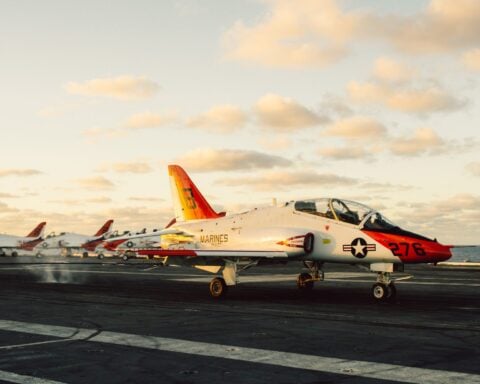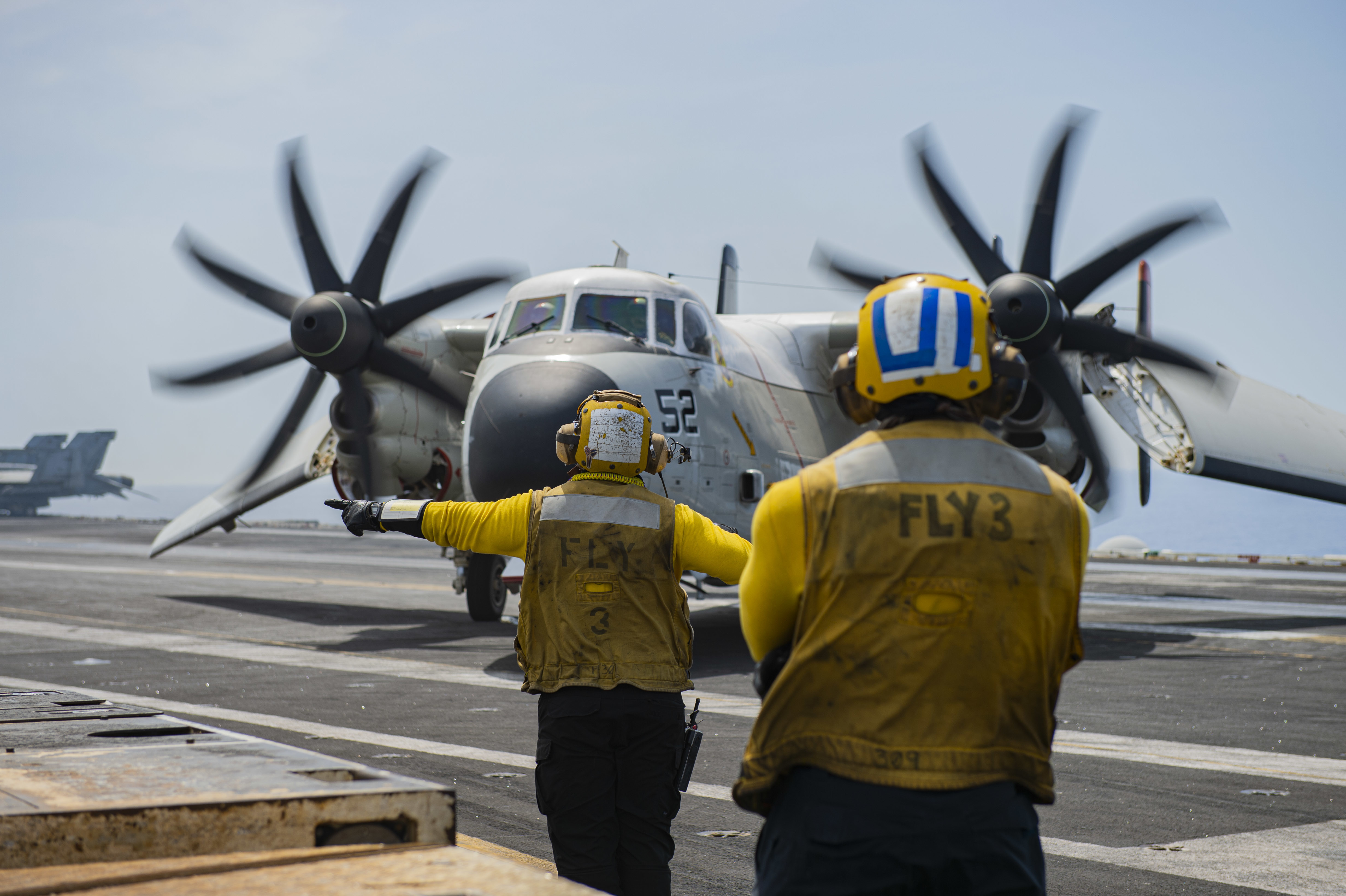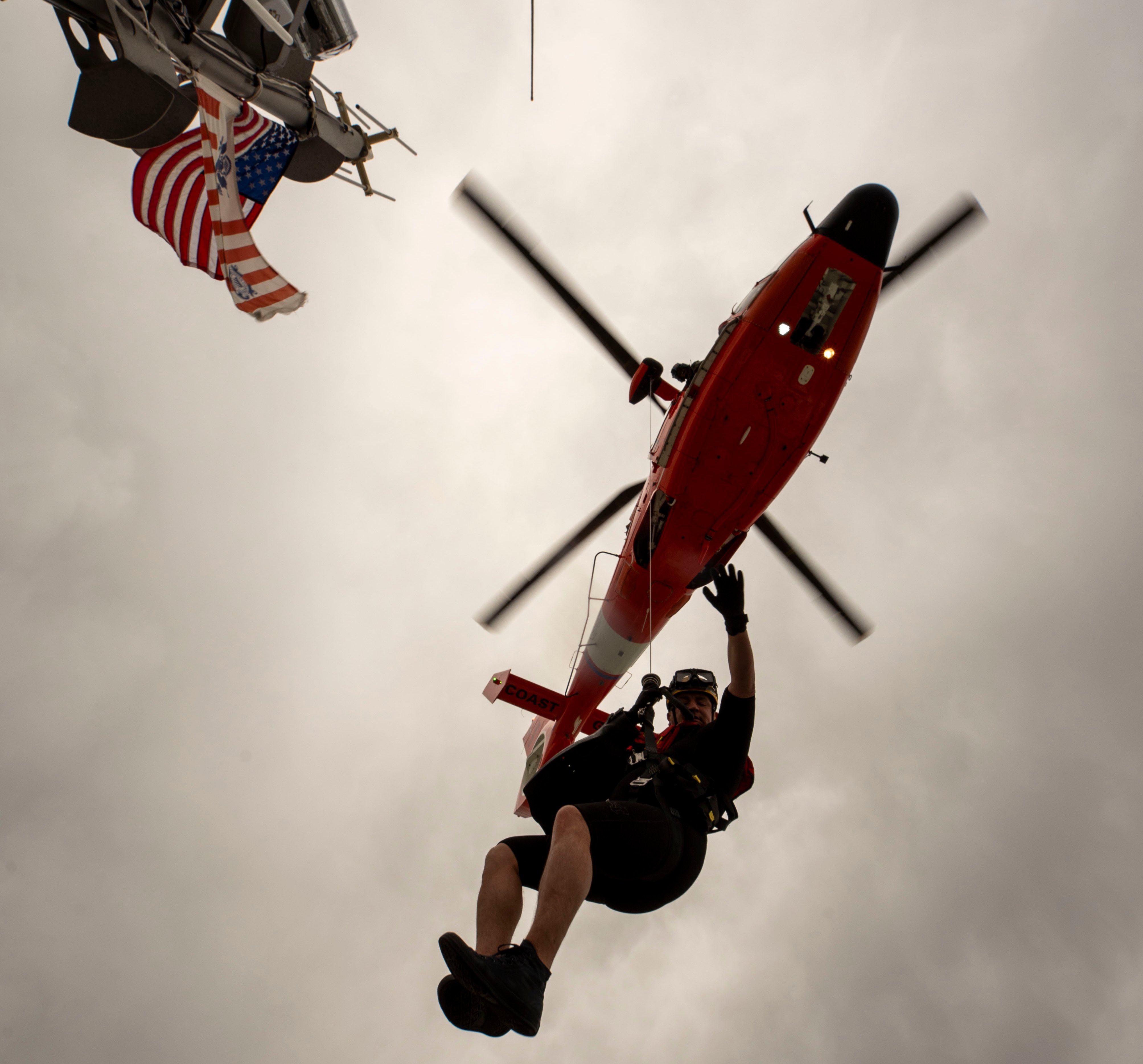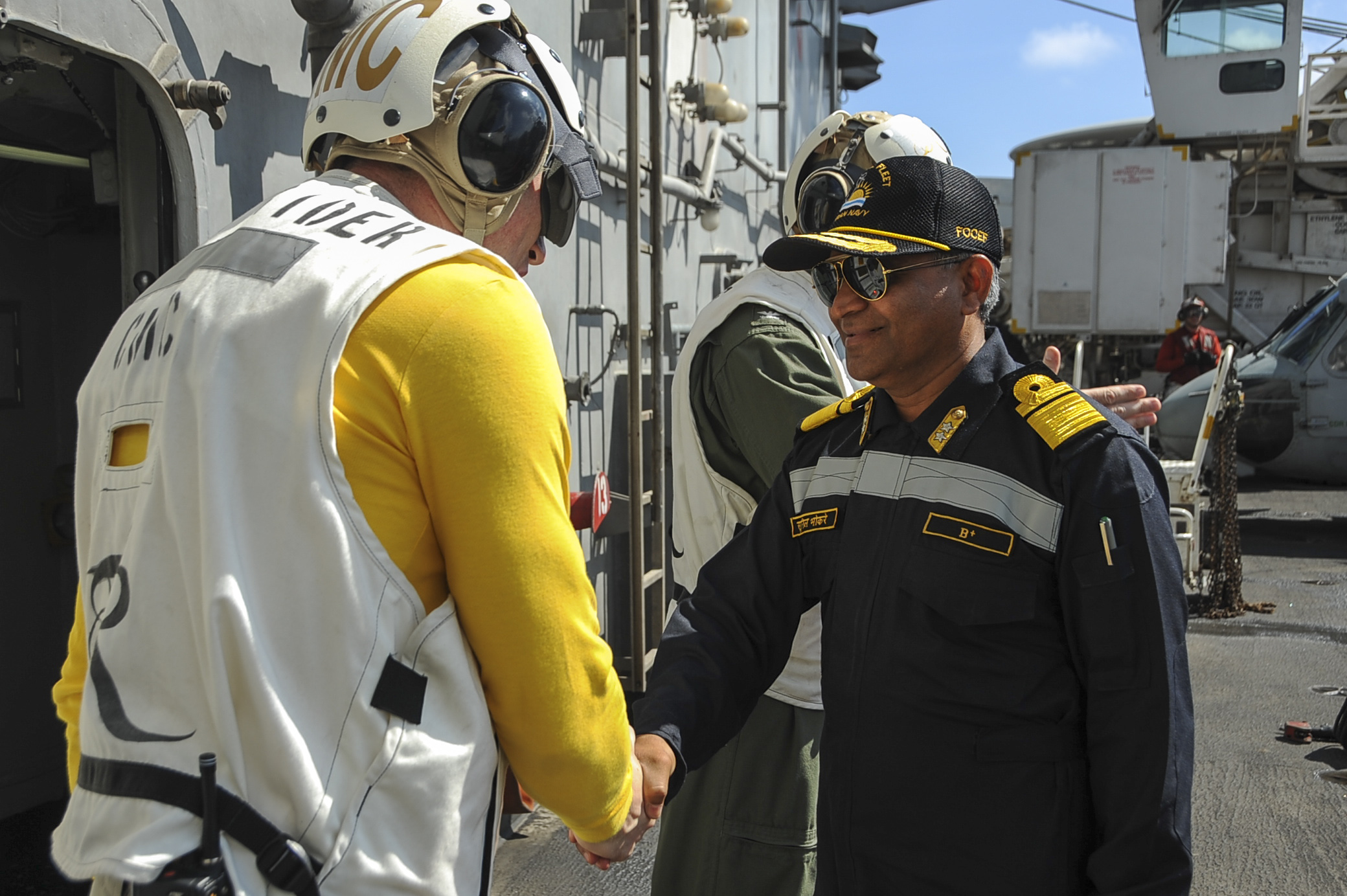
Three influential figures in Indian defense circles delivered the message that while maintaining a pragmatic set of alliances, New Delhi is also in the market for a strategic partner to work with its private defense contractors to significantly upgrade its capabilities to counter China specifically and other regional threats.
Speaking Monday at the Center for International and Strategic Studies before President Narendra Modi’s meeting with President Donald Trump, Hemant Kirshan Singh, former Indian ambassador to Japan, said the Modi government’s goals is to maintain “pragmatic partnerships with all major powers,” including China but “the U.S. relationship is at the apex” of its foreign and security policy.
Retired Lt. Gen. Amil Ahuja, former deputy chief of India’s Integrated Defence Staff, pointed to the 2015 Defense Technology and Trade Initiative as a way to strengthen that relationship and have the United States to be that strategic partner in co-producing new fighter aircraft, helicopters, unmanned aerial vehicles, submarines and fighting vehicles.
“It’s a flexible mechanism,” not a treaty or a law, he said. “The aim was to resolve process issues” over technology transfer, joint research and development and joint production. For the United States, it provides a partner in “the development of capability at no cost to the taxpayer.” Ahuja pointed to Washington’s earlier work with Tokyo and Seoul in developing their defense industries as an example of what he was talking about.
Understanding the risk of “what are they going to do with the technology,” he added in the discussion at the Washington, D.C. think that that India understands the United States’ and its defense industry’s concerns about “your crown jewels” being at risk in such an arrangement, but “please listen to the largest buyer.”
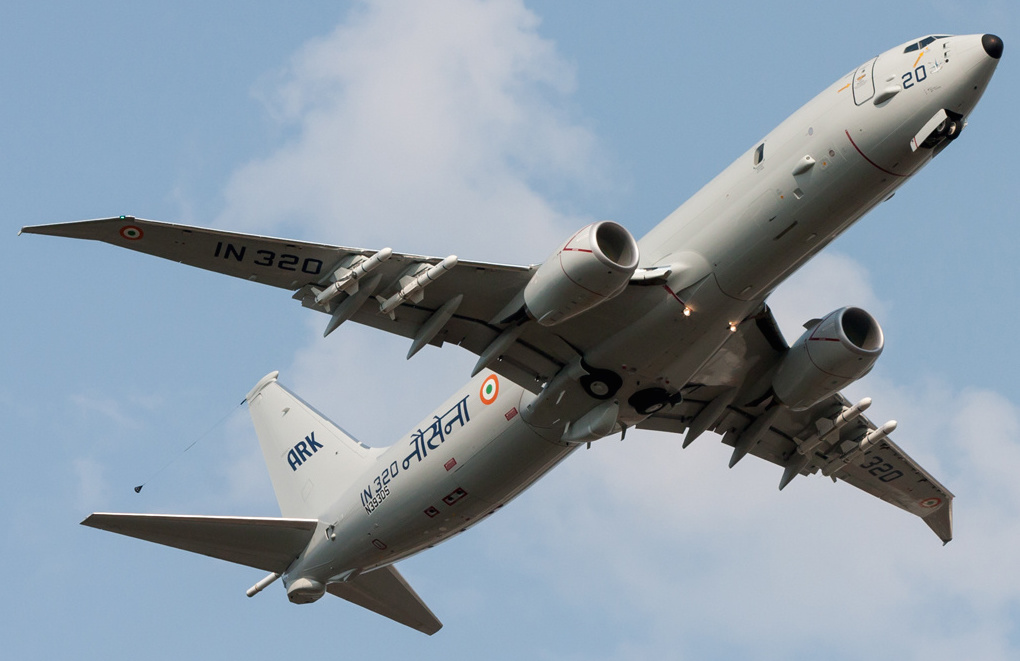
The traditional buyer-seller relationship needs to shift to allow the buyer “to get something with it …some technology, ” Ahuja said.
Ahuja added, “U.S.-India defense trade is not an end in itself,” because i the end “it strengthens both countries” in meeting their security needs.
While India and Russia have a close defense trade relationship, New Dehli has also bought U.S. kit like the Boeing P-8I Poseidon maritime surveillance aircraft.
The threats India faces — from nuclear, to conventional armies on its borders to proxy forces fighting in disputed territory to terrorists launching attacks from neighboring countries — are immediate, Retired Brig. Arun Sahgal said,”China is using Pakistan to control India … and North Korea to control Northeast Asia” to get its way economically, diplomatically and possibly militarily across the Eurasian land mass and Indo-Pacific region. “India is the only country bordering two nuclear powers” — China and Pakistan, and relations between New Delhi and Beijing and Islamabad remain tense. Pakistan was also the country from which a devastating terrorist attack was launched on Mumbai in 2011 that left 26 dead and 130 seriously wounded by bomb blasts and gunfire.
After five months in office, he said the Trump administration has shown little interest in the larger Indo-Pacific security situation that includes the South China Sea reef reclamation projects, instead concentrating of Pyongyang’s nuclear and missile programs, the panel said.
Sahgal said it was crucial that the democratic regional powers — especially Japan, Australia, the United States and India — work to together “to harness China” and its territorial and hegemonic ambitions to provide “stability not containment.” Ahuja noted that India and the United States have expanded their joint naval exercises, stressing anti-submarine warfare and special operations and New Delhi has sent its navy to the large Rim of the Pacific maritime exercise.
The goal is to reassure other nations in the region that trade will move freely in and out of the Indo-Pacific. That also may mean looking at new security structures, other than the Association of Southeast Asian Nations as a framework to build on.
India has two trilateral security agreements involving Japan, Australia and the United States, Singh said earlier.
In his opening remarks, Singh said, “To China, India does not and will not know-tow.” He added, “Ties can only be built by mutual respect.”



